
I’ve had a heck of a time figuring out what I wanted to write for this issue’s Light and Shadow theme. It should be so easy. If nothing else I could come up with some art-related post looking at the brilliant chiaroscuro techniques developed by the old masters, like Caravaggio and implemented in so many ways in art since then. The brilliant light of the Impressionists. The gray-and-black shadows of Picasso’s Guernica.
There’s something there, don’t you think?
But I couldn’t make it work.
How about writing on how the light changes as we move into autumn? We see long shadows, earlier twilights. Deeper sunsets find brilliant oranges, purples and pinks contrasted with the shadows of the dark clouds and disappearing light, coming in to rest for the evening. Heaven knows I have enough sunset photos in my bank to illustrate an entire photo essay on the subject.
But the words wouldn’t come.
I think part of the problem in nailing this is that I am a “light” person. I prefer to see the light in a situation instead of the dark, even when the dark is pretty murky. it’s not that I avoid reality, I see it for what it is. But I’ve been around enough to know that in all tragedy or dark times, there is the light that comes from goodness, caring, rebirth.
You can call it Pollyanna. (I sometimes do.) There is little good in hurricanes or earthquakes that decimate entire communities. Yet I also see the helpers who fight so valiantly to rescue the trapped, who leave their comfortable homes to go to another place and work hard to help rebuild.
I think you can see that it is very difficult for me to go into the “shadow” mode. I don’t need to add that to bring me down when something is already swinging on the downside.

But recently, after many months of self-diagnosing (don’t do that), doc visits that offered remedies that worked for a few weeks and then didn’t, I finally went to the dermatologist for a very pesky lip problem. When the biopsy came back it was cancerous.
They told me it was no doubt from too many hours in the sun back in the days of long ago. Before sunscreen became an essential piece of summer outdoor wear. (And do you put sunscreen on your lips? You should.)
I know many readers may have dealt with squamous cell carcinoma. Basically, a skin cancer. It’s about as common as a Hershey bar at a grocery store check-out stand. Rarely are these life threatening unless left too long and metastasized. This is not your deeply concerning liver or stomach, ovarian or breast cancer.
Rick calls cancers like these “candy cancers.” You do the treatment, it works, and off you go to enjoy life. It’s a bit cavalier but in a way it’s spot on. No fun, but you probably won’t die.
But when you hear the C-word, one can’t help but feel a bit of a shadow come over things, even when the doctor has assured me that it was on the surface, hadn’t spread and that the radiation would do the trick. There’s a lot of light there.
And I see that and am immensely grateful. I keep reminding myself of that. See the Light.
But has I’ve tried to wrap my head around the fact that now I, too, am part of a club to which I never wanted to belong, there is a bit of shadow. I remember the mother who died before I was a fully-formed person, the friend who battled her cancer for years and died too young, and so many others who fought valiantly and others who do to this day.
Their cancers, I remind myself, were far more complicated than a little curable candy cancer on the lip. There simply is no comparison.
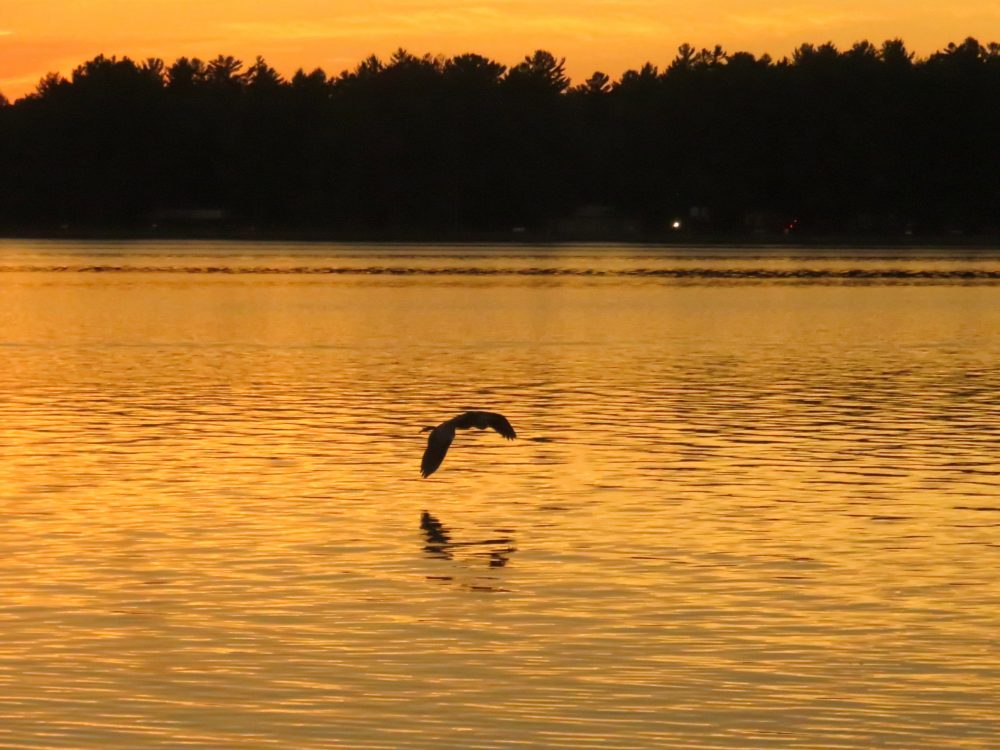
But as I watch the heron on my lake come to visit during the day and again at twilight, and then fly off into the sunset to rest, I am reminded once again to grab every bit of beauty and joy from life and celebrate it, cherish it. Next time one may not be so lucky.
There is beauty in the light of the sun. Blinding, sometimes searing, sometimes dangerous, but great beauty. And there is also beauty in the sunset, the shadows of evening, the silhouette of a blue heron, winging his way through the sky to meet the light again in the morning.
And I hope to meet that light in the morning for many sunrises to come.
About the Author: Jeanie Croope
 After a long career in public broadcasting, Jeanie Croope is now doing all the things she loves — art, photography, writing, cooking, reading wonderful books and discovering a multitude of new creative passions. You can find her blogging about life and all the things she loves at The Marmelade Gypsy.
After a long career in public broadcasting, Jeanie Croope is now doing all the things she loves — art, photography, writing, cooking, reading wonderful books and discovering a multitude of new creative passions. You can find her blogging about life and all the things she loves at The Marmelade Gypsy.


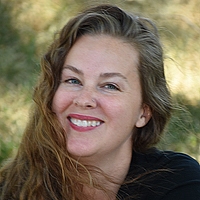 Keva Bartnick is an artist, writer, and lightworker. Happily married mother of three; she’s been inspiring people to be their most courageous selves since 2015.
Keva Bartnick is an artist, writer, and lightworker. Happily married mother of three; she’s been inspiring people to be their most courageous selves since 2015.

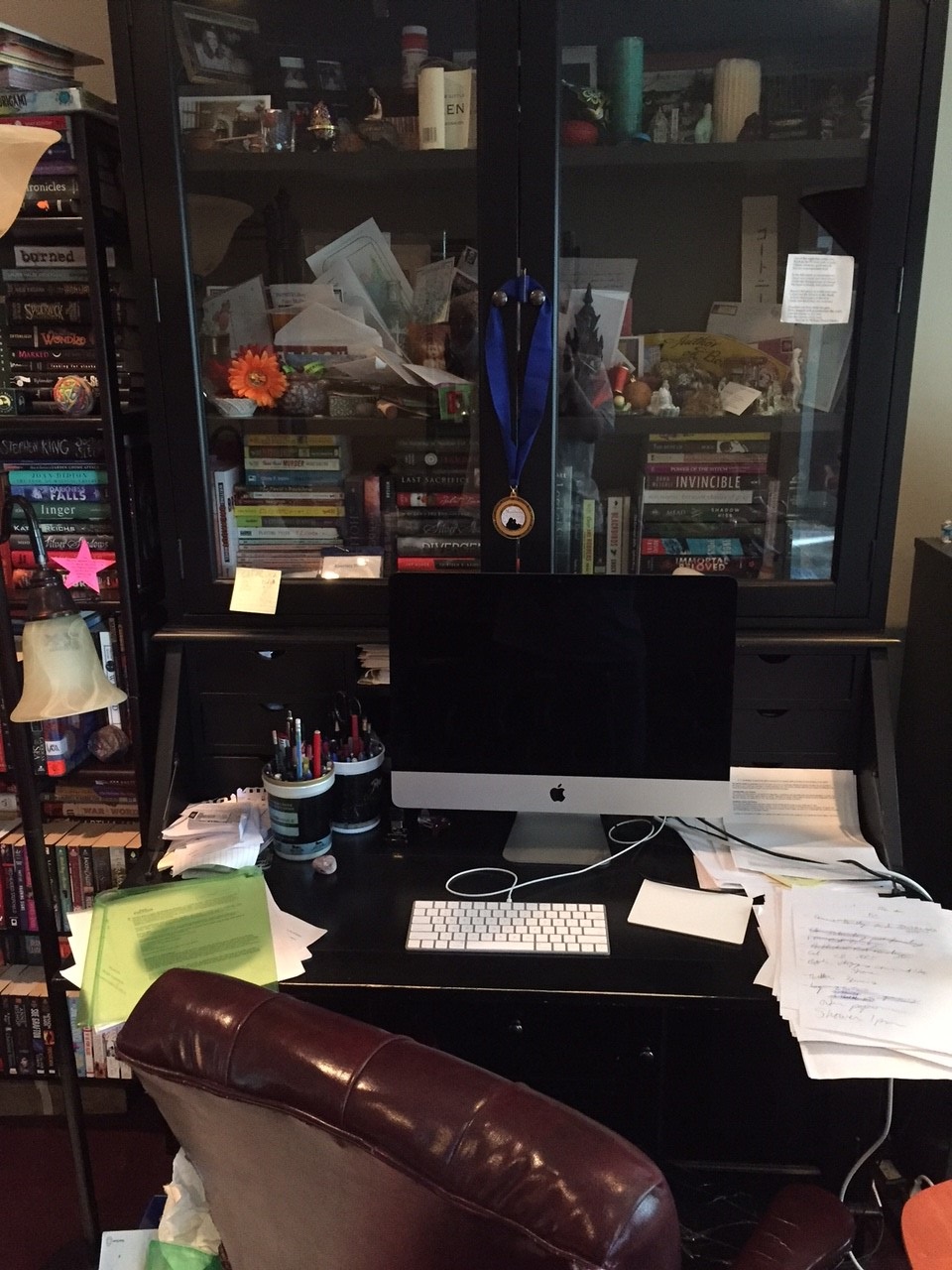 My alarm goes off at 10 a.m. It’s on the other side of the room to make sure that I actually get up. After I’ve used the bathroom, my first stop is my secretary desk and computer. I’m a grumpy pants during the first hour of every day, which makes me unfit for in-person interaction. Instead, I check email. I flag anything that needs detailed follow-up and delete anything that’s not important. As I go through it, I reply to the easy stuff. I have 9 email accounts so it’s usually 15-30 minutes to check them all.
My alarm goes off at 10 a.m. It’s on the other side of the room to make sure that I actually get up. After I’ve used the bathroom, my first stop is my secretary desk and computer. I’m a grumpy pants during the first hour of every day, which makes me unfit for in-person interaction. Instead, I check email. I flag anything that needs detailed follow-up and delete anything that’s not important. As I go through it, I reply to the easy stuff. I have 9 email accounts so it’s usually 15-30 minutes to check them all.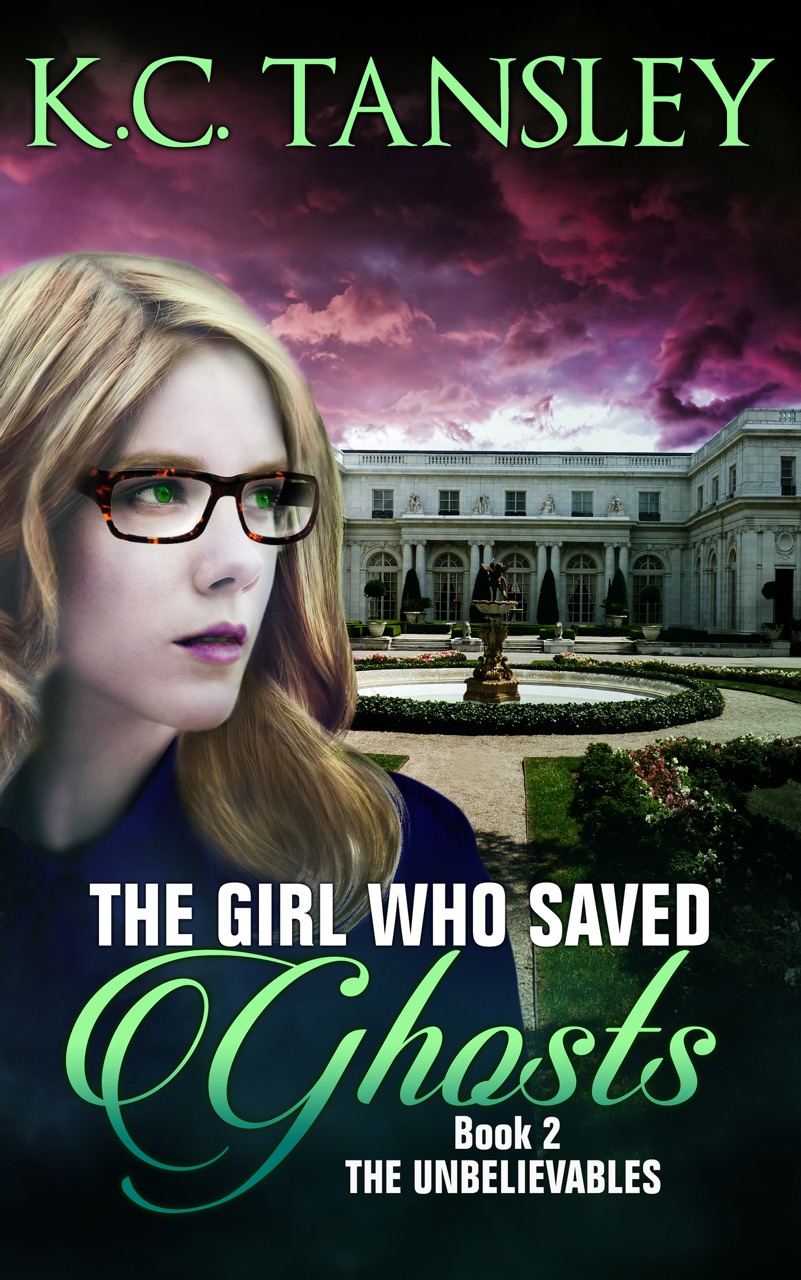
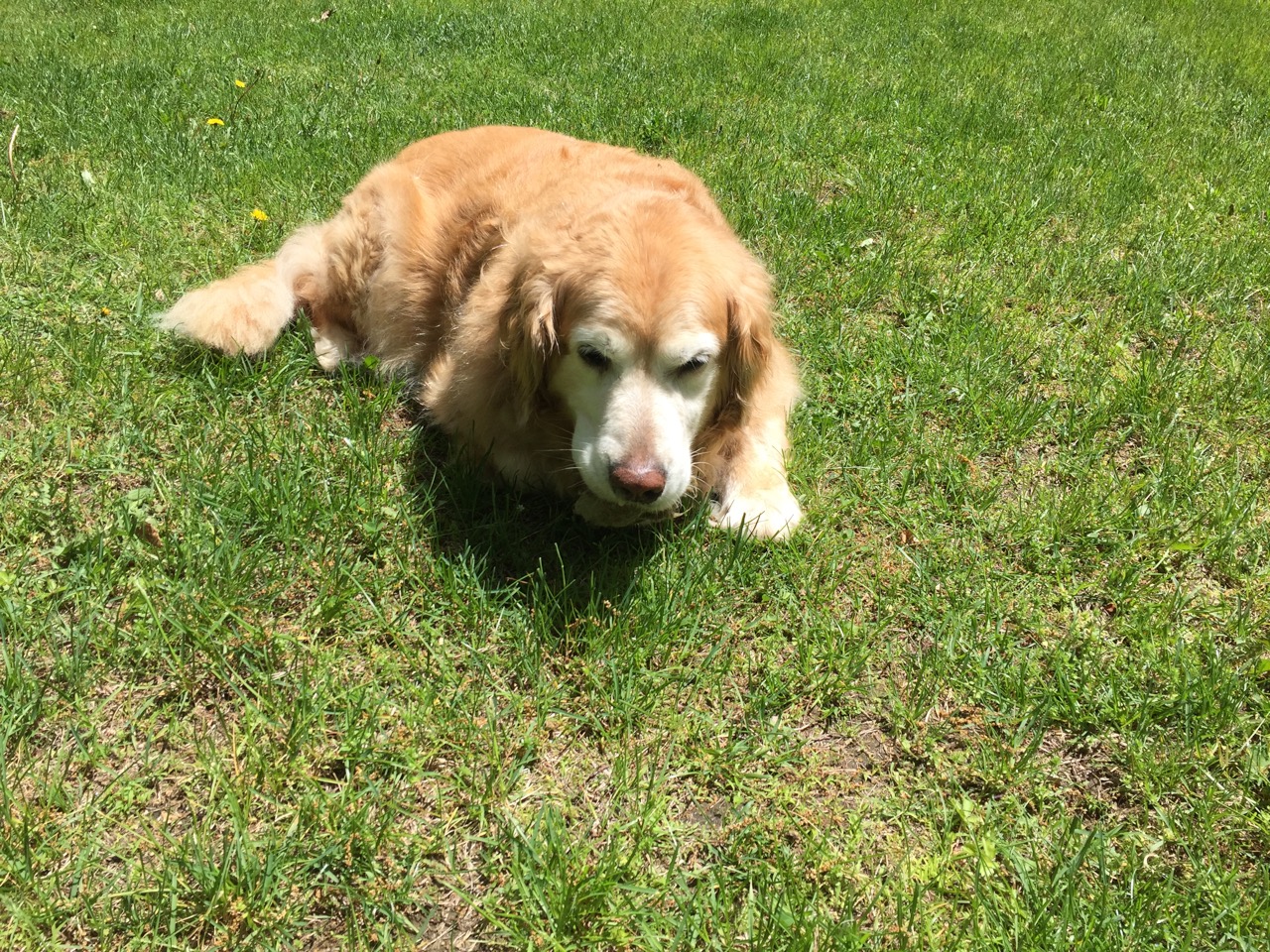
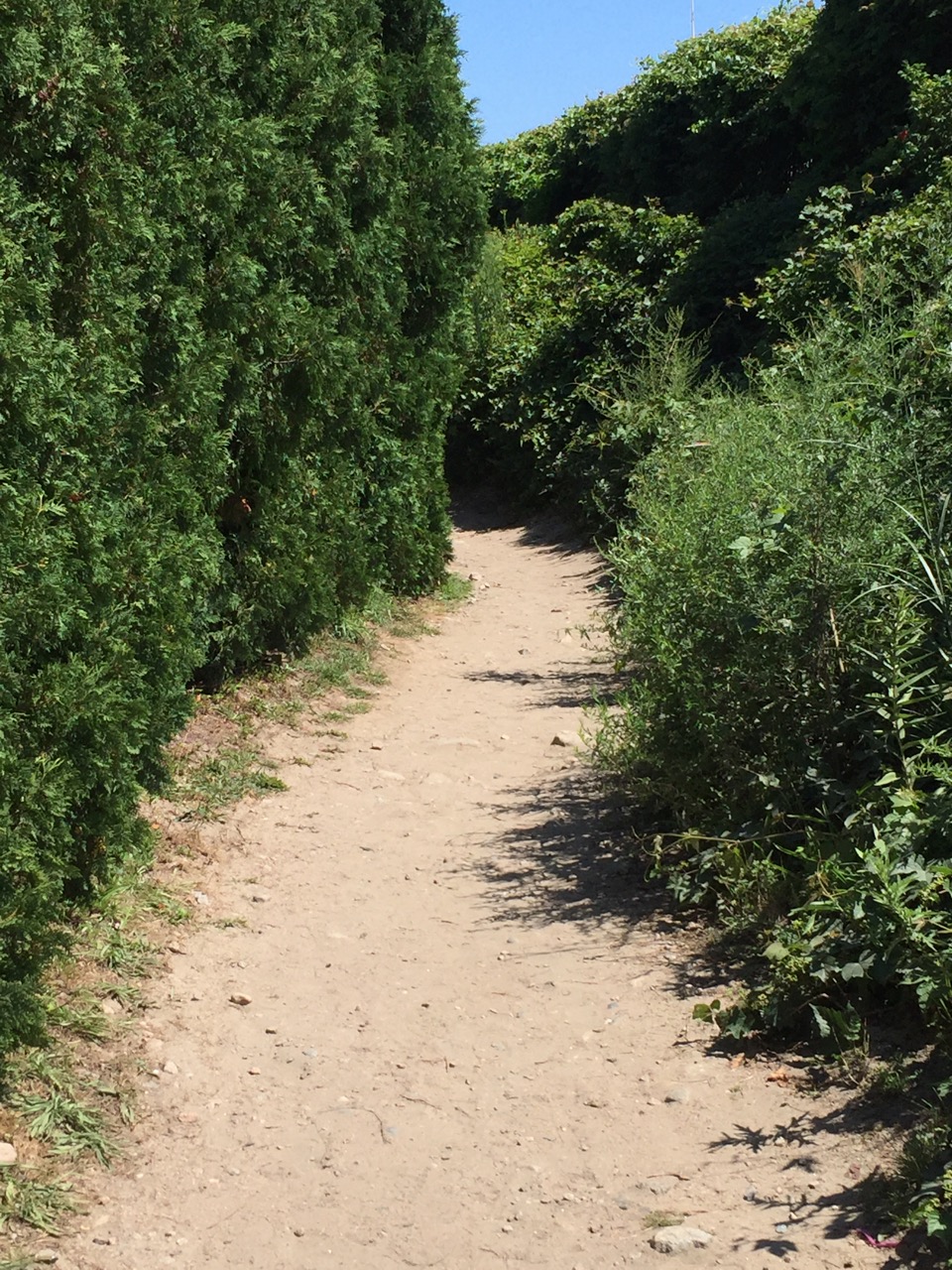 Then I’m off to teach for four hours. It’s about a twenty-minute commute each way. Teach from 5:45-9:35 p.m. makes it hard to eat at a regular dinner time. I get 4 ten-minute breaks, but I’m usually doing attendance or something class related or, you know, using the bathroom. So there’s no time to eat and digest properly.
Then I’m off to teach for four hours. It’s about a twenty-minute commute each way. Teach from 5:45-9:35 p.m. makes it hard to eat at a regular dinner time. I get 4 ten-minute breaks, but I’m usually doing attendance or something class related or, you know, using the bathroom. So there’s no time to eat and digest properly.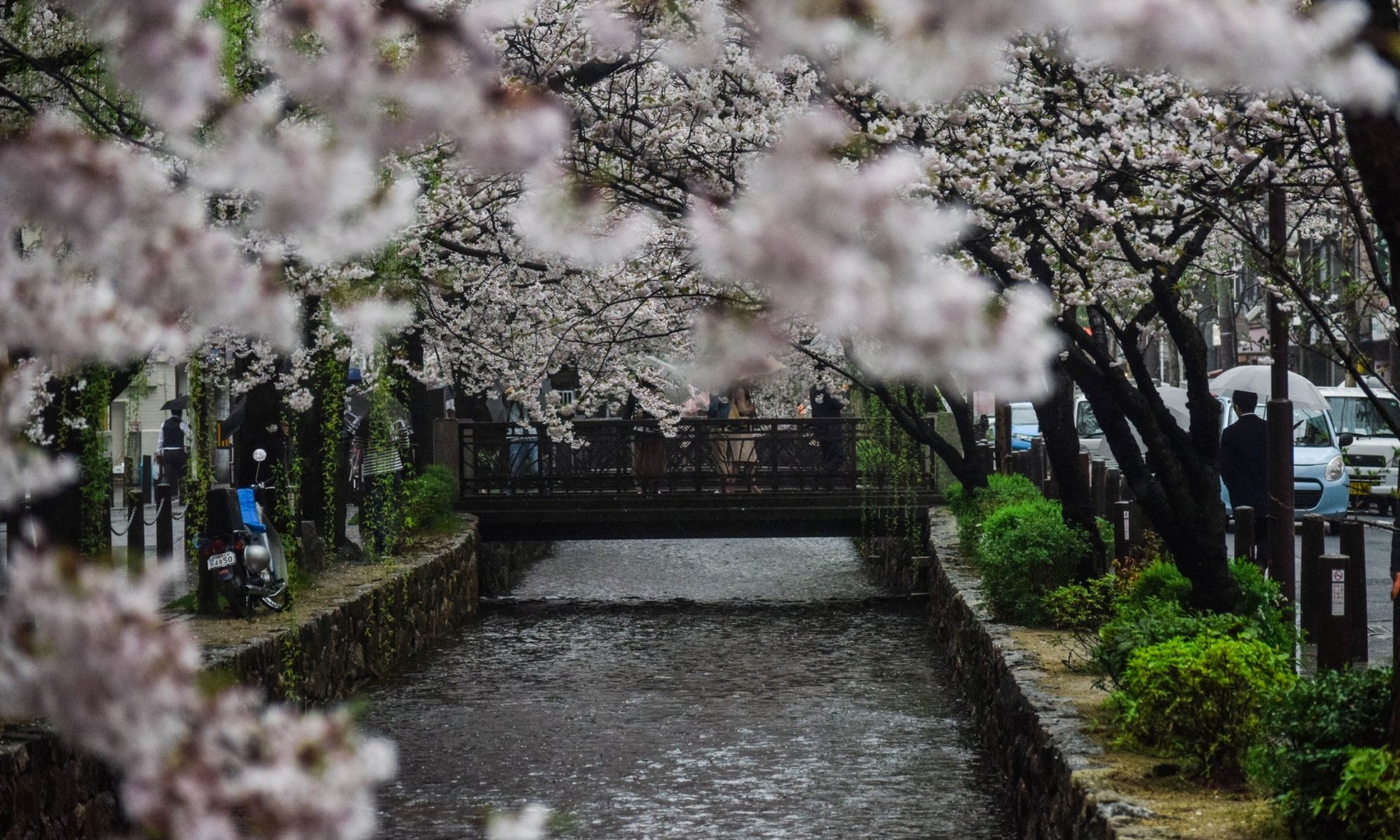

 Richard King Perkins II is a state-sponsored advocate for residents in long-term care facilities. He lives in Crystal Lake, IL, USA with his wife, Vickie and daughter, Sage. He is a three-time Pushcart, Best of the Net and Best of the Web nominee whose work has appeared in more than a thousand publications.
Richard King Perkins II is a state-sponsored advocate for residents in long-term care facilities. He lives in Crystal Lake, IL, USA with his wife, Vickie and daughter, Sage. He is a three-time Pushcart, Best of the Net and Best of the Web nominee whose work has appeared in more than a thousand publications.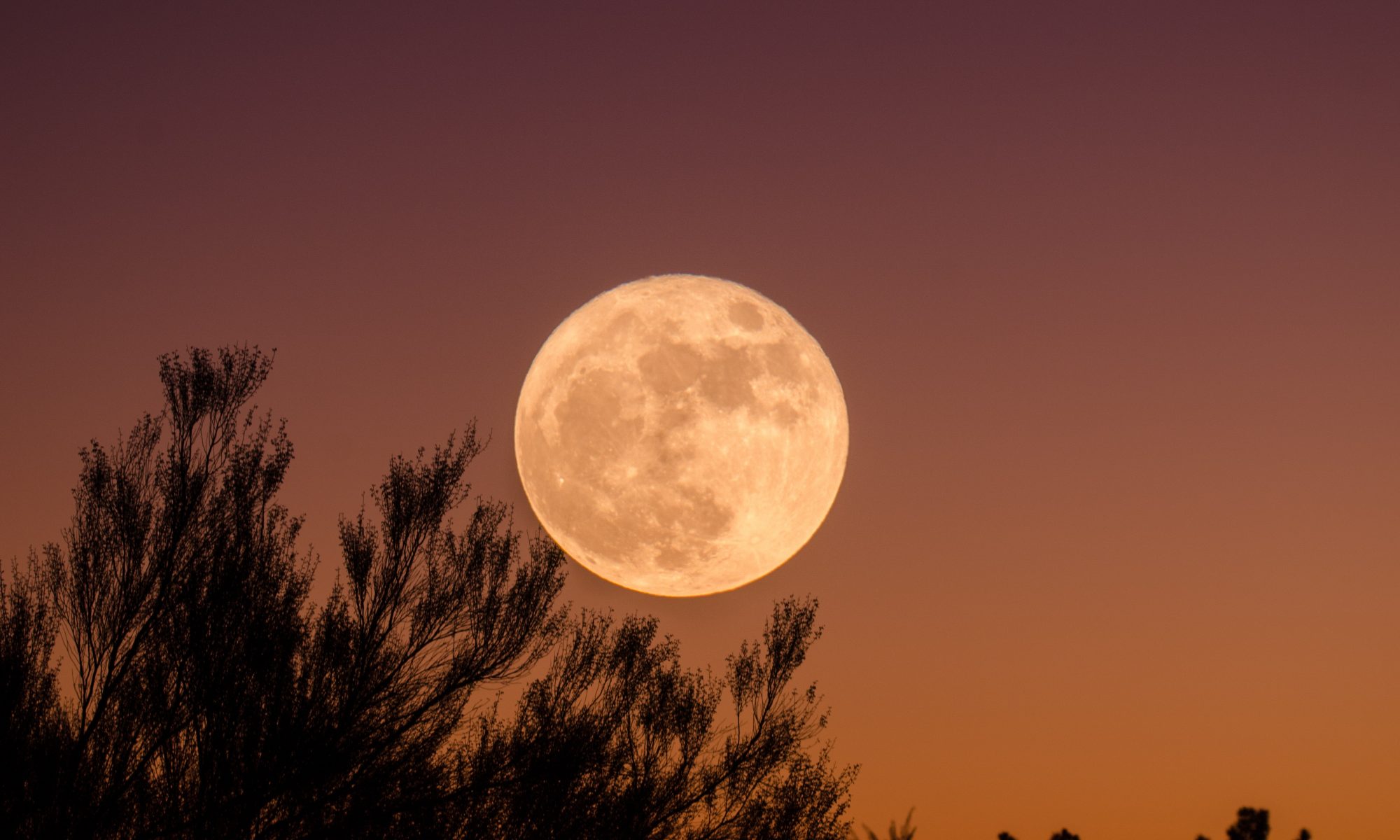

 A few minutes later we ended our conversation feeling immensely better for having admitted that sometimes we’re not filled with sunshine and light, even though we might pretend to be. We’ve become conditioned to hide our darker emotions – grief, fear, loneliness, anger – because society seems to frown upon them. We’re encouraged to “look on the bright side,” or “find the silver lining.” Our spiritual friends will advise us to “give it all to a higher power” because “it’s in their control.”
A few minutes later we ended our conversation feeling immensely better for having admitted that sometimes we’re not filled with sunshine and light, even though we might pretend to be. We’ve become conditioned to hide our darker emotions – grief, fear, loneliness, anger – because society seems to frown upon them. We’re encouraged to “look on the bright side,” or “find the silver lining.” Our spiritual friends will advise us to “give it all to a higher power” because “it’s in their control.”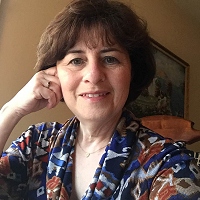 Becca Rowan lives in Northville, Michigan with her husband and their dog, Molly. Her new book, Life Goes On, a book of personal and inspirational essays about women’s experiences with family life, aging, and loss, is available at
Becca Rowan lives in Northville, Michigan with her husband and their dog, Molly. Her new book, Life Goes On, a book of personal and inspirational essays about women’s experiences with family life, aging, and loss, is available at 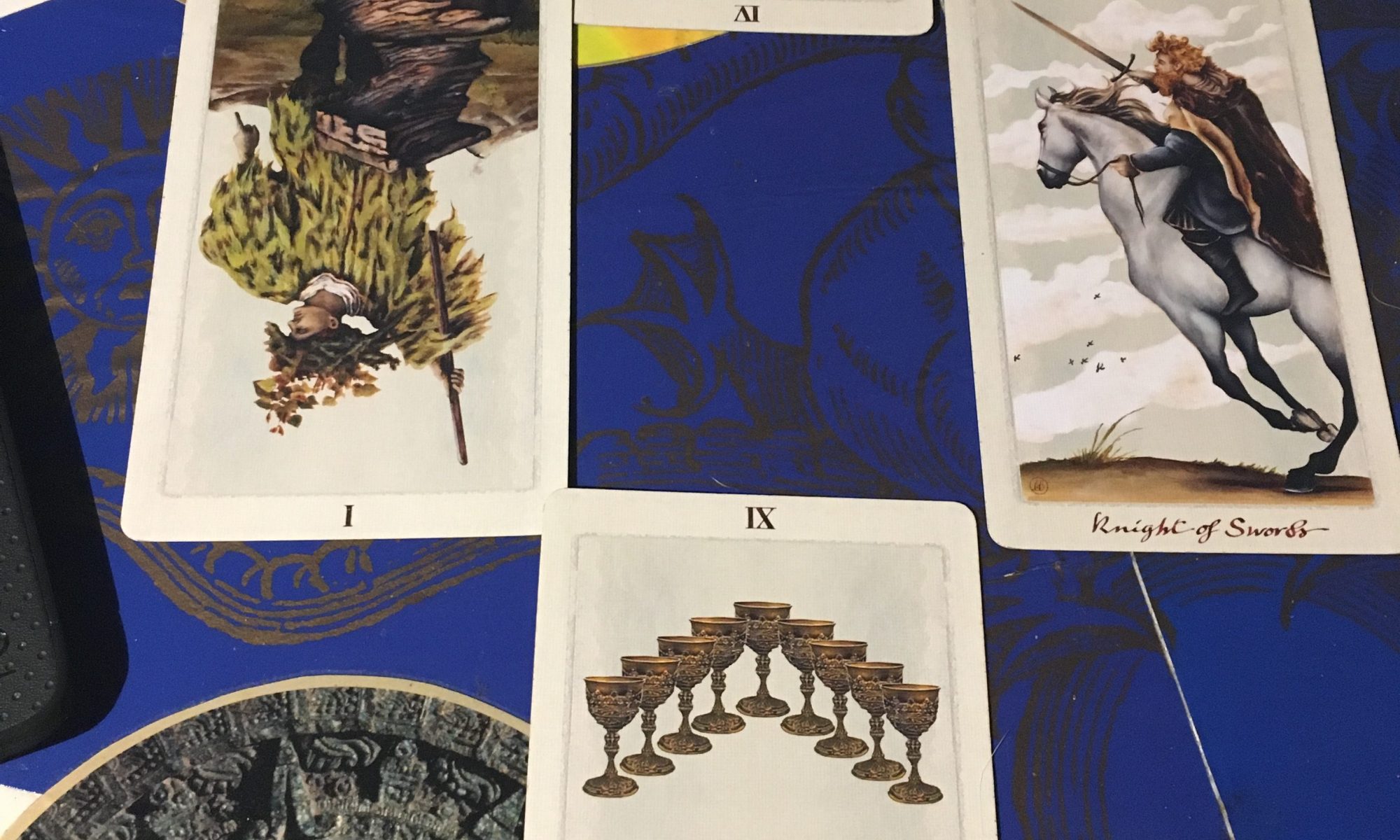
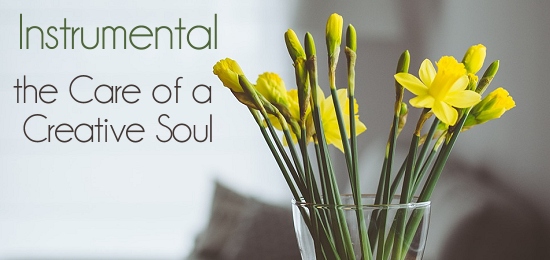
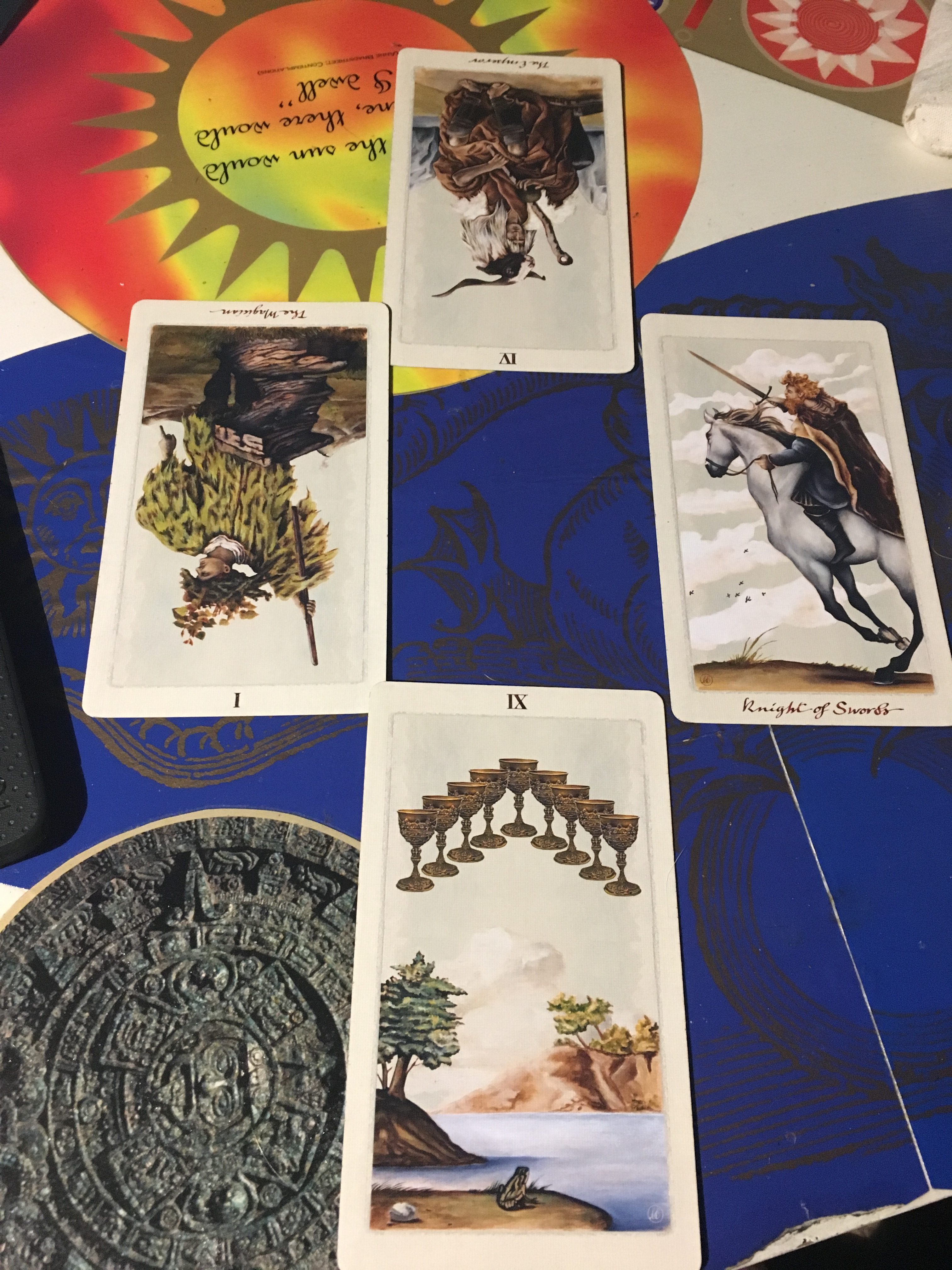
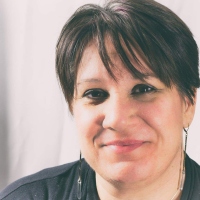 Melissa Cynova is owner of
Melissa Cynova is owner of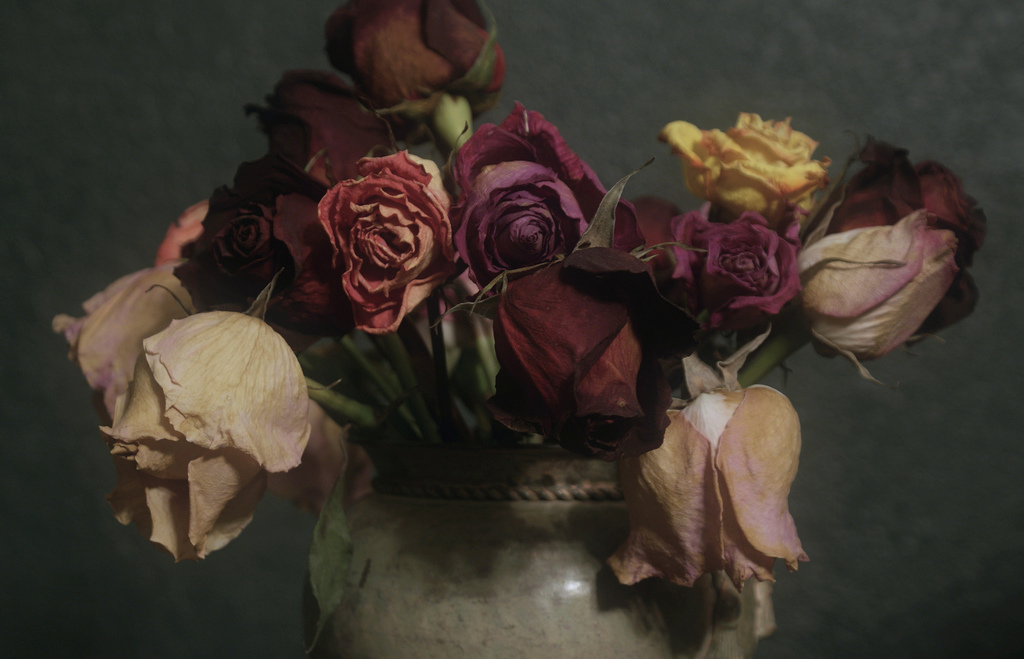
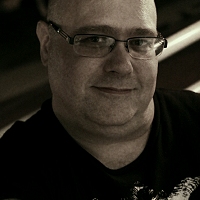 Robert Beveridge makes noise (
Robert Beveridge makes noise (

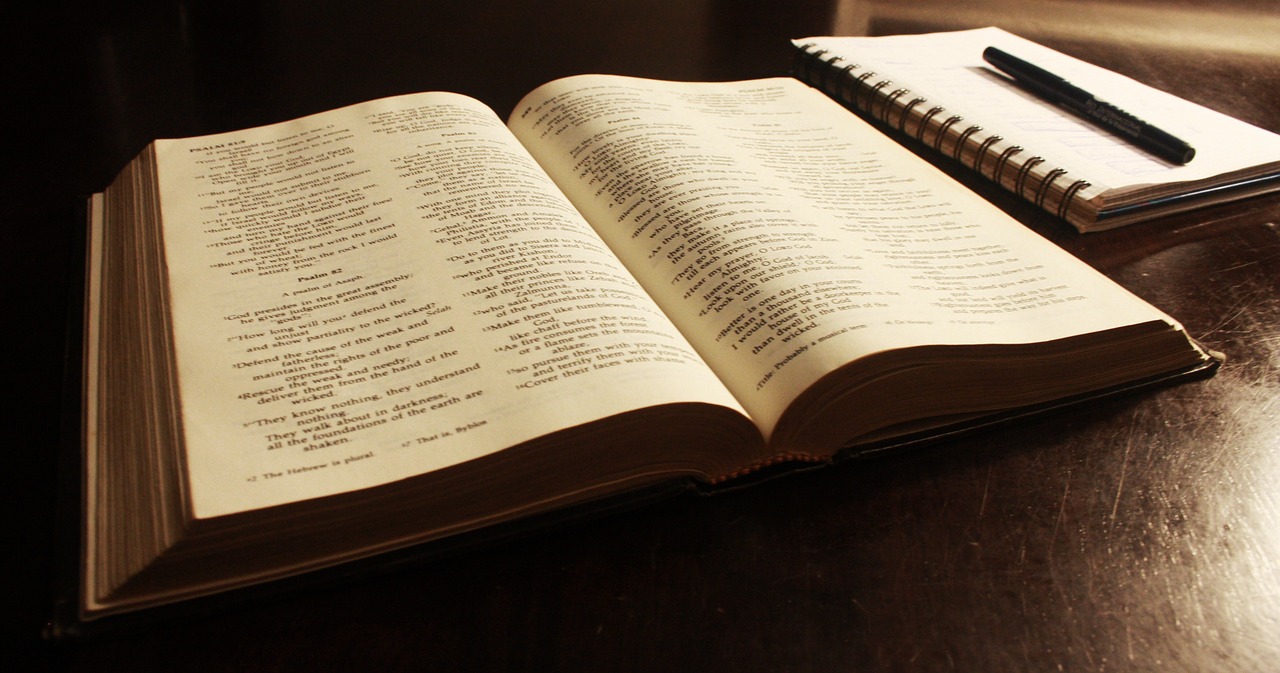
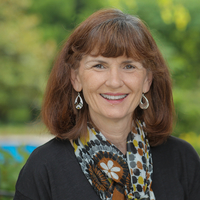 Molly Totoro is a Connecticut Yankee currently residing in the Midwest with her husband and trusty basset. While Molly retired from full-time teaching in 2014 to pursue her writing dreams, she continues to work with students to achieve their writing potential. Molly recently published her first book,
Molly Totoro is a Connecticut Yankee currently residing in the Midwest with her husband and trusty basset. While Molly retired from full-time teaching in 2014 to pursue her writing dreams, she continues to work with students to achieve their writing potential. Molly recently published her first book, 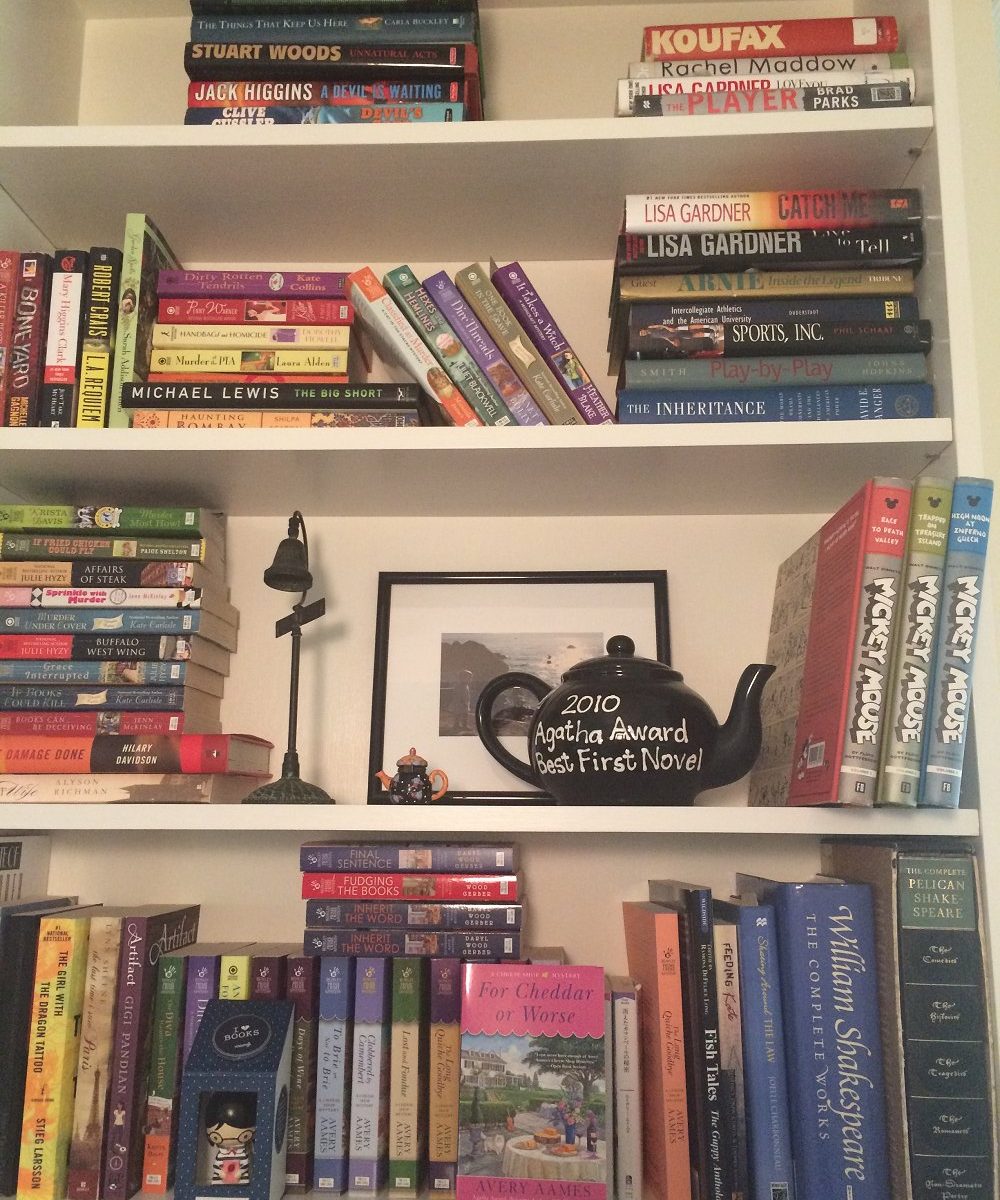


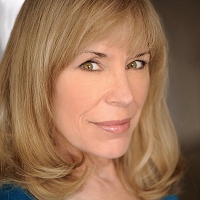 Agatha Award-winning Daryl Wood Gerber writes the brand new French Bistro Mysteries as well as the nationally bestselling Cookbook Nook Mysteries. As Avery Aames, she pens the popular Cheese Shop Mysteries.
Agatha Award-winning Daryl Wood Gerber writes the brand new French Bistro Mysteries as well as the nationally bestselling Cookbook Nook Mysteries. As Avery Aames, she pens the popular Cheese Shop Mysteries. 


 Tabitha is a social media strategist, writer, blogger, and professional geek. Among her published works are the children’s books Jack the Kitten is Very Brave and Machu the Cat is Very Hungry, both published under the name Tabitha Grace Smith. A California girl (always and forever) she now lives in Maryland with her husband, son, and a collection of cats, dogs, and chickens. Find out more about her on her
Tabitha is a social media strategist, writer, blogger, and professional geek. Among her published works are the children’s books Jack the Kitten is Very Brave and Machu the Cat is Very Hungry, both published under the name Tabitha Grace Smith. A California girl (always and forever) she now lives in Maryland with her husband, son, and a collection of cats, dogs, and chickens. Find out more about her on her